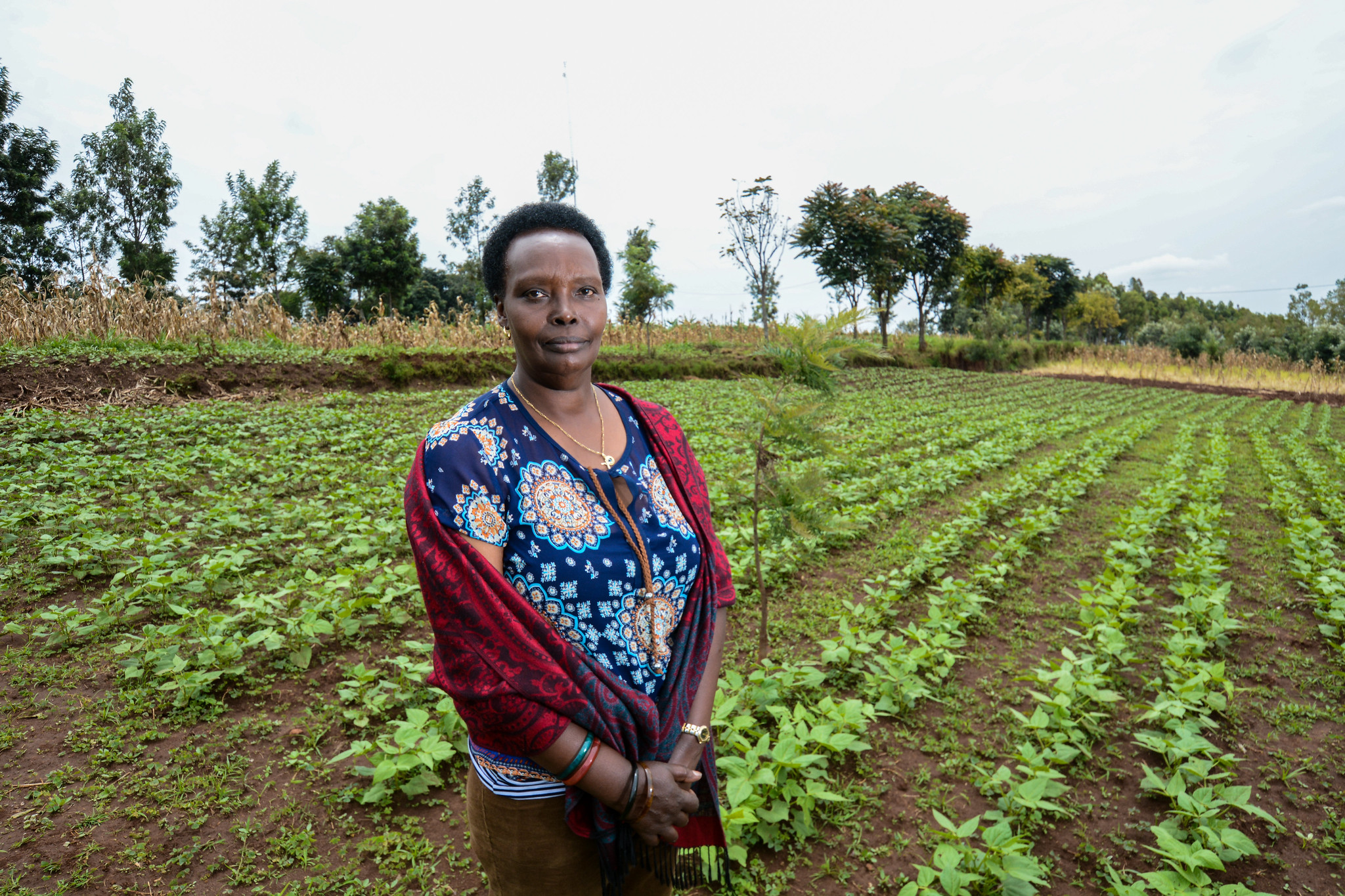Labor Market Constraints to Technology Adoption in Rural Burundi

Photo Credit: Georgina Smith | Flickr
Study Context
Agricultural productivity in sub-Saharan countries is notoriously low (Gollin et al., 2014), hampering growth and challenging food security. This is despite technologies available to farmers that could profitably increase yields (Duflo et al., 2011). While many studies have focused on the role of land, credit, and insurance market failures in explaining low technology uptake, researchers hypothesize that lack of skilled labor in rural areas prevents farmers from adopting profitable technologies, when the latter are labor intensive.
In scoping work in rural Burundi in partnership with the NGO “One Acre Fund” (OAF), the research team documents that farmers are aware of the benefits of planting practices (which could increase crop yields by to 30-40%), but report the lack of skilled labor as a major barrier to adoption because the practices are more labor intensive than the traditional planting techniques. They also document that those laborers who know the practices receive a wage premium, suggesting that there is a shortage of skilled labor. Moreover, contracting frictions might lead skilled farmers – who are net buyers of labor– to underinvest in training unskilled farmers – who are net sellers of labor.
Study Design
Researchers test the hypotheses that: 1) skilled labor shortages hamper adoption of profitable technologies when the latter are labor intensive, 2) contracting frictions contribute to inefficiently low levels of training in equilibrium.
To answer these questions researchers design a village-level intervention with three arms: in comparison villages, farmers receive unconditional financial incentives to train a laborer in modern agricultural technologies; in the Financial Incentive intervention villages, farmers receive a financial incentive conditional on training laborers; in Labor Insurance intervention villages, farmers are offered a contract whereby, if they train a laborer, they are guaranteed two days of skilled labor at the prevailing wage. They then look at outcomes (training, skill updating, technology adoption, and hiring) in the Financial Incentive arm compared to the comparison arm to answer question (1), and the Labor Insurance treatment compared to Control to answer question (2).
In a third round of funding, the researchers will explore a final piece of the story, the idea that laborers themselves should be willing to pay for their own training as it increases their wages regardless of employer. The team will conduct surveys gauging beliefs on the returns to training and the willingness to invest in training with and without a cash infusion.
Results and Policy Lessons
While data collection is not yet completed, the researchers document the following results:
- When incentivized to train laborers, 80% of farmers did so, as opposed to no training (according to our definition) in the control group. Laborers’ skills increased accordingly, as measured in an incentivized test.
- Training rate in the Labor Insurance arm were comparable to those in the Financial incentive arm, suggesting that appropriability over returns to training are a barrier to training
- Demand for trained laborers at planting time increased in treatment villages
- Adoption of modern agricultural technologies increased in treatment villages
Taken together, these results suggest that skilled labor is a constraint in the adoption of modern agricultural technologies. Training programs targeting laborers – who, despite being often landless, work for other farmers – rather than wealthier, more influential farmers in the village are likely to boost adoption of technologies that are labor intensive.

